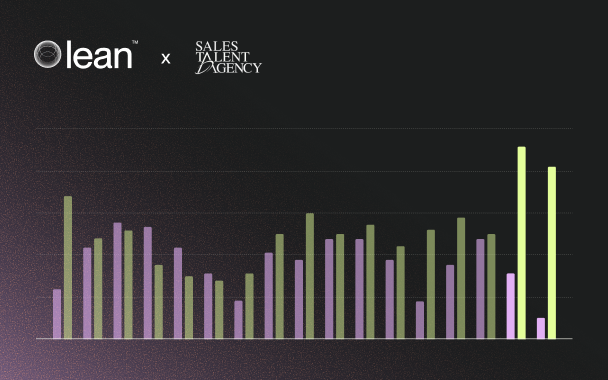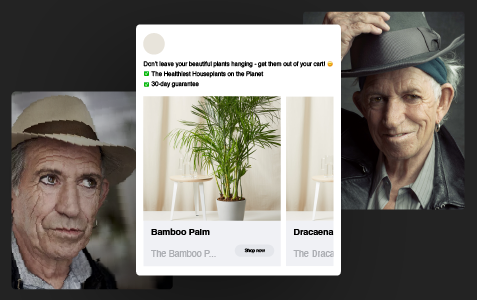Client Overview
Tulip is on a mission to reinvent the funeral-arrangement experience. They offer one simple cremation package that can be arranged online or over the phone, providing families with affordable and more convenient alternatives to traditional funeral homes.
The Challenge
Before we started working with the team, Tulip already had an active account for more than a year, but couldn’t scale due to the high cost per lead and CAC. They were also planning to expand to new locations and needed a partner that could support their rapid growth.
Strategy
We couldn’t track the end purchases with pixel-based conversion, so we had to rely on back-end data in order to optimize the campaigns. With different pricing strategies for each location, keyword, and both at-need and pre-need demand, we had to keep a tight account structure in order to connect the dots.
Smart bidding was all the hype as always, but by testing different bidding strategies we found that some keyword categories are more suitable for manual CPC, while others for Target CPA. We ended up with a hybrid strategy between manual and automated bidding, occasionally re-testing our approach.
Even with a good structure in place, our insights were limited because we were getting only a fraction of purchases on the platform. To get the real ROI from our campaigns we implemented and automated the process of offline conversion tracking (OCT) in Google Ads. This allowed us to be faster with re-allocating the spending based on performance and to maximize efficiency. OCT also allowed us to get purchase insights on demographic and ad level, as well as to do proper price sensitivity testing in each location.
Our biggest impact however came from our creative team and the ongoing messaging optimizations. On one side we were constantly battling and outsmarting our competitors for the most competitive “cremation” category, while on the other, we opened up new efficient volume by re-positioning ourselves for keywords like “mortuary” or “funeral”.
Results
With ever-rising competition, we still managed to keep our dominance in the California market, while successfully expanding to new locations, and are proud to say that we brought peace of mind in difficult times to thousands of families in the US.
Lastly, the focus of this case study and how we achieved the biggest impact is through our ad optimization process. Below are a few examples of our creative team at play.
For the funeral keyword category, we positioned the ads to filter out misguided users while still keeping high relevance. Our hypothesis was that by positioning Tulip as a funeral home, we were paying for clicks from people that were already sold on the classic funeral home experience. With the challenger ads, we made sure to clearly communicate our “cremation” offer, state why it’s the better option, and still mention “funeral” in order to stay relevant to the user’s searches. For example, on the left is a preview of the “old” ads that were running when we took over the account. And, on the right, is the ad positioning approach that helped us achieve 40% lower cost per lead and CAC, without sacrificing volume.

For the mortuary keyword category, we tripled the purchase volume while getting 35% lower CPQ and 3x ROI!
Here, we employed the psychology of the Cognitive Bias called “Framing Effect”, which hypothesizes that people react to a particular choice in different ways depending on how it is presented, as a loss or as a gain. We took the previously winning ad headline that said “Cut the Mortuary Expenses” and reframed it to say “Mortuary Costs Included”. It was communicating the same value, but its framing made a huge difference.

For the cremation-related terms, at one point we took a significant hit on the CTR and Lead volume from a new competitor that offered free cremation with body donation. Even though users were price sensitive, we managed to get back on track by focusing on our dignified cremation process and high-touch level of service. We also doubled down on the transparency of our pricing as most of our competitors had hidden fees.






